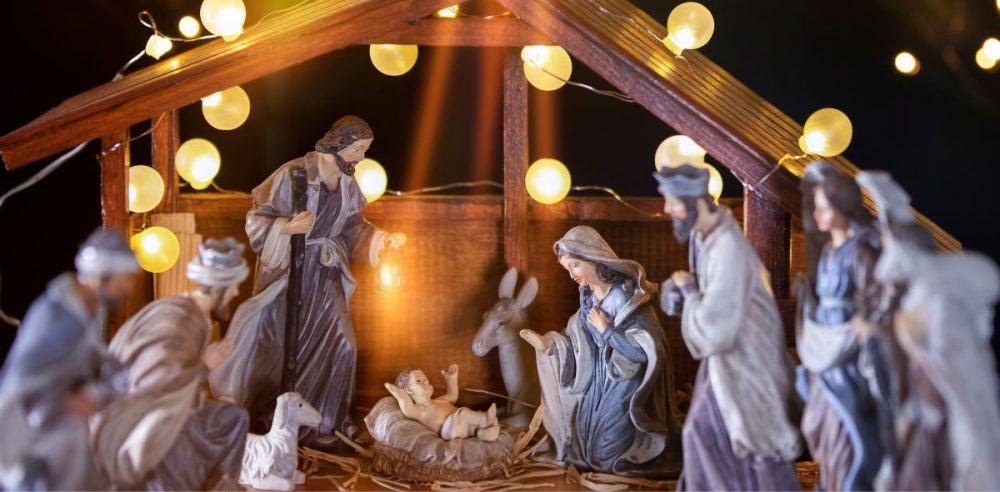Two Houston-area lawmakers have proposed legislation to bring a nativity scene to the Texas State Capitol during the holiday season.
The identical bills, House Bill 1497, filed by Representative Briscoe Cain (R-Deer Park), and Senate Bill 515, introduced by Senator Mayes Middleton (R-Galveston), call for installing a nativity display each December. If enacted, the measure would ensure the scene becomes a recurring feature on Capitol grounds starting next year, reported Fox 4 KDFW.
The bills specify that the State Preservation Board would be responsible for setting up and maintaining the display, which would remain in place for at least the month of December. This legislative effort highlights the lawmakers’ intent to emphasize the role of Christian traditions in Texas’ public celebrations, aligning with the existing practice of decorating the Capitol with Christmas trees during the holiday season.
Senator Middleton elaborated on the proposal, emphasizing its connection to religious and cultural heritage. “Religious liberties are enshrined in both our state and national constitutions,” Middleton noted in a statement, per Fox 4. He further remarked on the significance of the nativity scene as a reflection of Judeo-Christian values, which he views as foundational to the state’s and nation’s history.
The bills are expected to be deliberated during the Texas Legislative Session, which begins on January 14, 2025. However, as with all proposed legislation, there is no certainty that these measures will make it to the floor for a vote. The session’s packed agenda and the potential for opposition from groups advocating for the separation of church and state may influence the fate of the proposals.
Supporters argue that adding a nativity scene would complement existing holiday traditions at the Capitol and celebrate Christmas’s historical and religious roots. Critics, however, might see the initiative as a potential infringement on the principle of government neutrality regarding religion.
This ongoing debate underscores the challenges of balancing public religious expression with the diverse beliefs of Texas residents.


